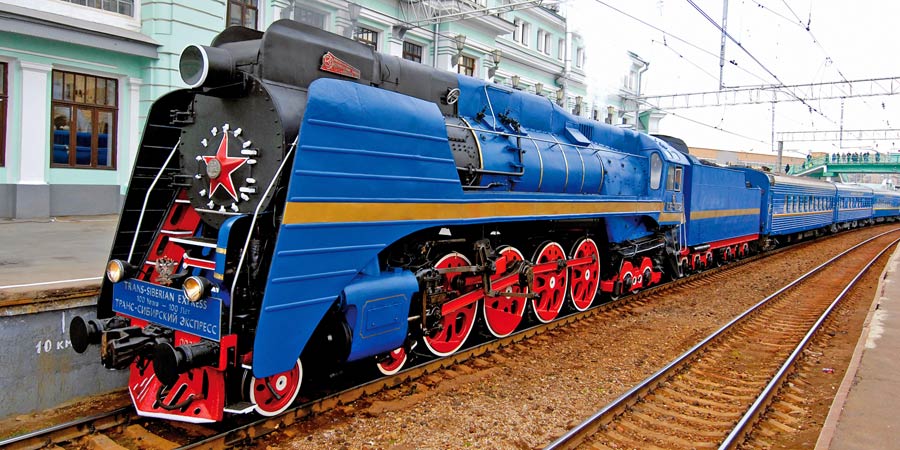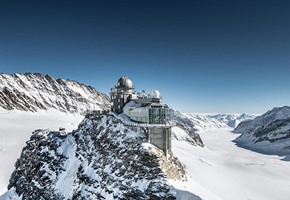One of the most iconic railways in the world, the Trans-Siberian Railway was the most expensive, challenging railroad ever constructed. It is also the longest railway in the world, with all six thousand miles of tracks, tunnels and bridges built by hand. Beginning in Moscow, the Trans-Siberian Railway route takes eight days and makes forty five stops. The total length of the Trans-Siberian railway covers six thousand one hundred and eighty-three miles.
Uniting the largest country in the world
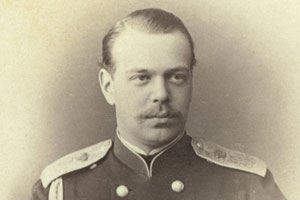
Tsar Alexander III believed the railroad was the answer to Russia's social, economic and political problems at the time. With it possibly taking years for messages and news to spread across Russia, the country needed to be united and the Trans-Siberian Railroad was the answer.
Inspired by America's Transcontinental Railroad, Tsar Alexander envisioned this railroad conquering the East just as America's had conquered the West. However Russia lacked any entrepreneurial tradition, and crucially, the country lacked financing and organisation. Up until this point Russia's railways were limited to a few hundred miles of track, and antiquated trains. The sheer vastness of the operation was literally unimaginable, Russia occupied the largest area of land on earth.
The terrain was so treacherous and the expanse so vast, it was thought impossible to build. No railroad in the world was as long, or as challenging as the one that Russia would require. The line had to cross three of the world's largest rivers, the world's largest forest and the world's largest lake, in the world's most inhospitable climate. Mountains and permafrost would also cause a huge problem for the railway.
Tsar Alexander entrusted Russia's Committee of Communication with building the railroad and it became the most costly peacetime undertaking in the history of the modern world. When the committee told the Tsar it would be an impossible feat, Alexander dissolved the committee.
Russia’s Road to Power
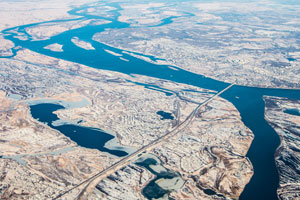
Three times longer than any railroad built before, Tsar Alexander called it Russia's 'road to power'. The costs were massive and to avoid bankrupting the country, Russia had to cut corners with materials and labour. The track was built with rails made of weaker iron instead of steel. Timber was used for bridges instead of stone and steel, in all but the widest river crossings. The work had to be done by hand; there was no budget for dynamite or machinery to clear the way. There wasn't even a budget for proper land surveys to be carried out. Royal orders were simply to get it done as quickly and cheaply as possible, and to do whatever it took.
The length of time the Tsar designated for the building of the railway was ten years. Russia's severe climate meant there was only a four month window each year when work on the railway was possible. This translated into only forty months in total, to construct the world's longest railroad over the world's most unforgiving terrain; this equated to 150 miles needing to be built every day.
The solution to this seemingly impossible task was to break the construction into six parts, to be built simultaneously. This meant, all going to plan, only twenty five miles of track per month on each section would have to be built. Bridge and tunnel construction was scheduled for winter, so the crews wouldn't be digging frozen earth.
Finding workers to build the railroad was difficult; the bulk of the workforce was made up of convicts. To encourage them, work prisoners were promised a day off their sentence for each day worked. Despite the difficult conditions they endured building the Trans-Siberian railroad, it was still a better alternative to surviving in Russia's prisons. When more bodies were still needed to meet the tight deadline set for the building of the railroad, workers from China were brought in.
Completion of the railroad
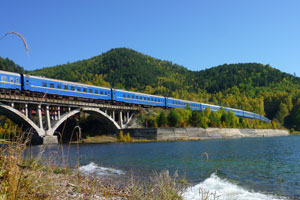
By 1900, the Trans-Siberian railroad was almost complete, only two hundred miles were left to finish off. The stretch would join the western and eastern sections, in Siberia at Lake Baikal, the world's largest body of fresh water. Lake Baikal is four hundred miles long and sixty miles across. Surrounded by mountains, a track around the lake was deemed too expensive. Instead, a train ferry across the lake was built. However, after only one year it was declared useless due to Lake Baikal's extreme storms and fog. In winter, the immense car ferry was unable to break through the nine feet of ice on the lake. There was no alternative but to build the railroad around the lake. Work was finally completed in 1905, but in the decades to follow the whole of the railroad would have to be upgraded. The Trans-Siberian railway finally fulfilled the dream of Tsar Alexander III a century after its construction began.
Today Trans-Siberian railway journeys begin at midnight in Moscow and take eight days to travel the six thousand miles.

